The rhythm of traditional festivals pulses through the heart of cultures worldwide, marking the passage of time with celebrations that transcend generations. These occasions are far more than mere dates on a calendar; they are living tapestries woven from history, belief, and communal identity. From the explosive colors of Holi to the solemn beauty of Qingming, festivals serve as both anchors and sails—grounding societies in their heritage while propelling traditions forward into contemporary relevance.
Seasonal celebrations often form the oldest layer of festival traditions, their origins lost in the mists of agricultural societies. The Japanese Obon festival, with its lantern-lit waterways guiding ancestral spirits, echoes the Buddhist-Urabon sutra while incorporating much older harvest customs. Similarly, Thanksgiving in North America—though institutionalized in relatively modern history—draws upon ancient European harvest feasts that celebrated the earth's bounty. What makes these festivals endure isn't merely their connection to crop cycles, but their evolution into occasions for expressing gratitude that resonates beyond their agrarian roots.
Religious foundations underpin many of the world's most widely observed festivals, yet their observance frequently spills beyond doctrinal boundaries. Christmas trees adorn shopping malls in predominantly Buddhist Japan, while Diwali sparkles in neighborhoods far from Hinduism's birthplace. The Mexican Día de Muertos, despite its Catholic veneer, vibrates with indigenous Mesoamerican cosmology—its marigold trails and sugar skulls creating a bridge between pre-Hispanic civilizations and modern multicultural societies. This cross-pollination of beliefs demonstrates how festivals become living dialogues between eras and worldviews.
Food acts as the universal language of celebration, with festival cuisine encoding history in every recipe. Mooncakes during the Mid-Autumn Festival carry whispers of Yuan dynasty rebellion in their sweet fillings, while the charoset eaten at Passover Seders mirrors the mortar used by Israelite slaves. The pretzels of German Oktoberfest began as monastic rewards for children who memorized prayers, their twisted shape mimicking folded arms. These edible traditions accomplish something remarkable: they allow celebrants to literally consume history, making the past part of their physical being.
Modernity has not diminished festival traditions so much as transformed their expression. Seoul's lantern festival for Buddha's birthday now incorporates LED displays alongside paper lanterns, while Brazil's Festa Junina blends agrarian traditions with electronic dance music. Even the ancient Persian fire-jumping ritual of Chaharshanbe Suri sees urban Iranians adapting the practice to apartment balconies. What critics might call dilution often represents cultural resilience—the ability of traditions to retain their essence while adopting contemporary forms.
The commercial dimension of festivals sparks perennial debate, yet the relationship between celebration and commerce has ancient roots. Temple fairs during Chinese New Year historically combined religious observance with vibrant markets, just as medieval European feast days doubled as trading opportunities. Today's Halloween costume industry or Valentine's Day florists simply continue this symbiosis. The challenge lies in maintaining the festival's soul beneath the glitter of merchandising—a balance communities navigate with varying success across different celebrations.
Festivals serve as temporal architecture, structuring our years with meaning beyond work schedules and academic terms. The Jewish High Holy Days create space for introspection between Rosh Hashanah's shofar blasts and Yom Kippur's solemn fast. Japan's hanami (cherry blossom viewing) etches the ephemeral beauty of nature into national consciousness each spring. These recurring moments become psychological landmarks, offering reassurance through their predictability amidst life's uncertainties.
Migration and globalization have transformed local festivals into transnational phenomena. Nowhere is this more evident than in Chinese New Year celebrations, where dragon dances pulse through streets from San Francisco to Sydney. The Caribbean Carnival tradition, born from enslaved Africans' mimicry of European masquerade balls, now energizes cities worldwide with its defiant joy. These diasporic celebrations often gain new layers of meaning abroad—becoming both cultural preservation and statements of identity in multicultural societies.
Beneath the spectacle of fireworks and feasting lies festivals' profound psychological function: they manufacture collective memory. The scents of pine needles during Christmas, the tactile memory of kneading dough for mooncakes, the auditory imprint of firecrackers—these sensory experiences create shared nostalgia that binds communities across time. Researchers note how childhood festival memories form emotional anchors that individuals return to throughout their lives, explaining why expatriates often cling most fiercely to the holiday traditions of their homeland.
As climate change alters seasonal patterns and technology reshapes human interaction, traditional festivals face unprecedented challenges. The timing of cherry blossoms—critical to Japan's hanami—shifts unpredictably, while rising temperatures threaten winter festivals dependent on reliable snowfall. Yet simultaneously, digital platforms enable new forms of participation, from virtual red envelope exchanges during Chinese New Year to global livestreams of Rio's Carnival. The festivals that thrive in coming decades will likely be those that harness innovation to safeguard tradition, ensuring these cultural treasures illuminate our shared future as they have our past.
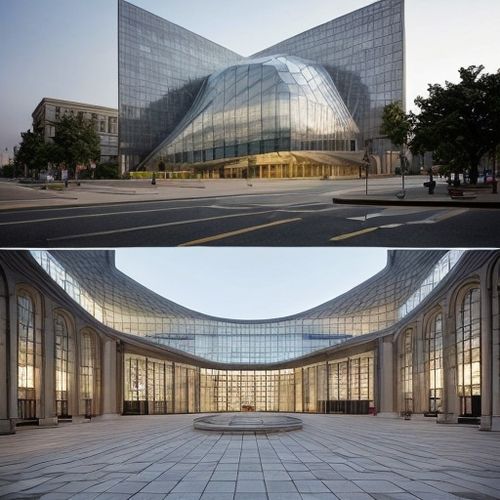
By John Smith/Apr 28, 2025
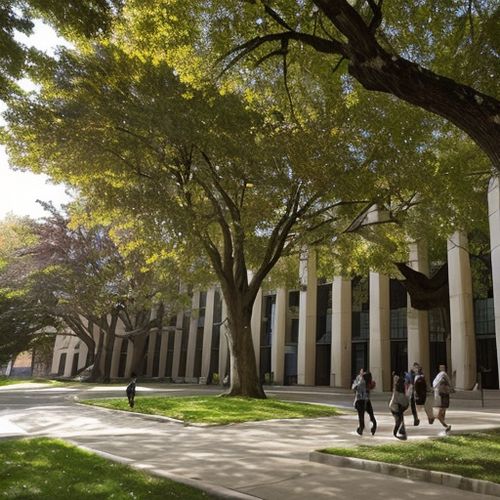
By Christopher Harris/Apr 28, 2025
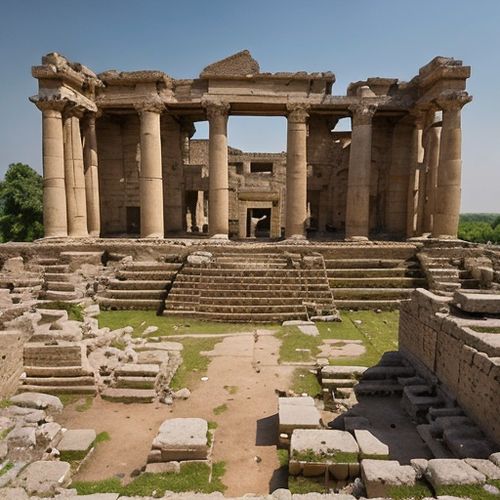
By Sophia Lewis/Apr 28, 2025
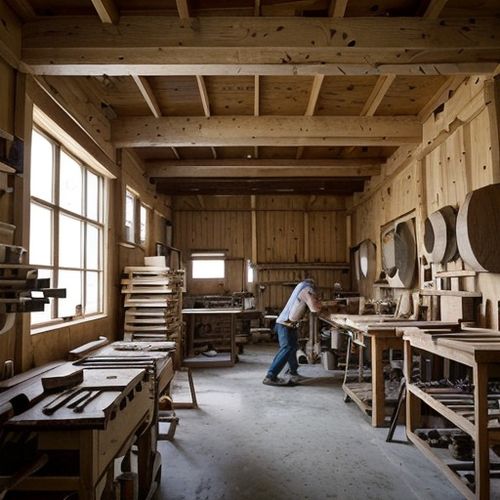
By Amanda Phillips/Apr 28, 2025
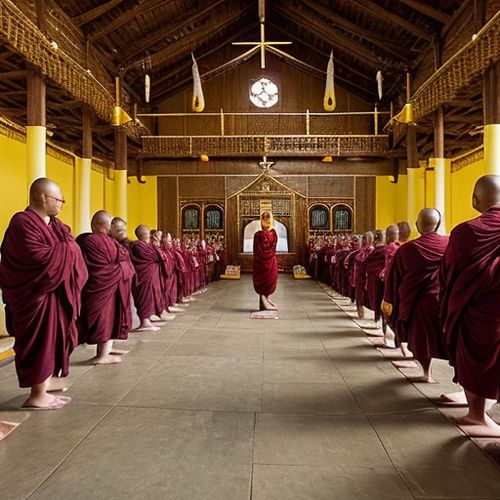
By George Bailey/Apr 28, 2025
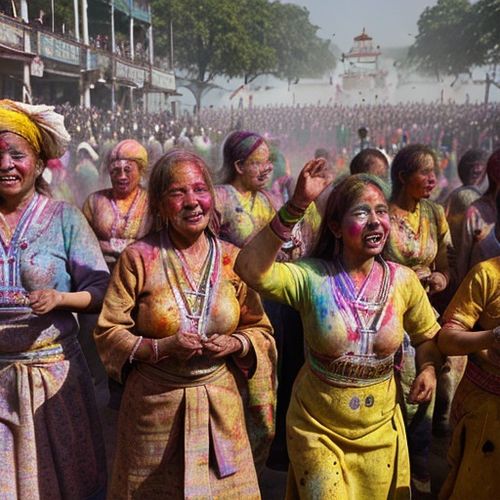
By Christopher Harris/Apr 28, 2025

By Thomas Roberts/Apr 28, 2025
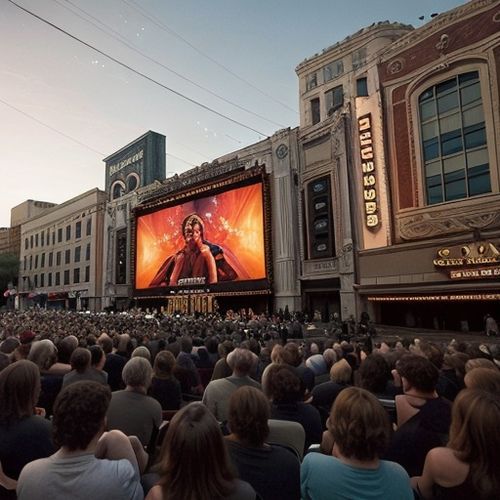
By James Moore/Apr 28, 2025
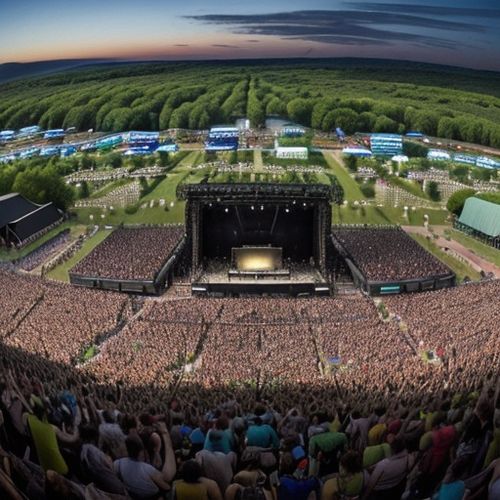
By Eric Ward/Apr 28, 2025
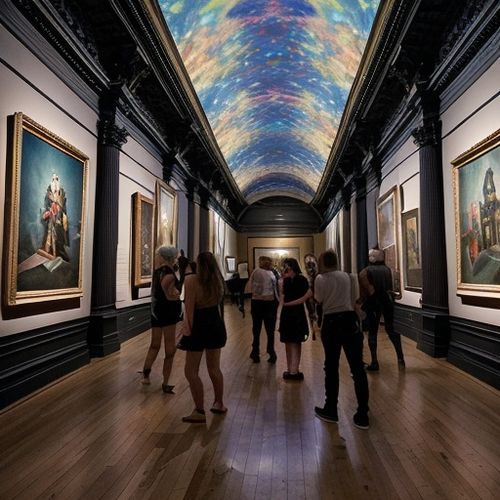
By Thomas Roberts/Apr 28, 2025
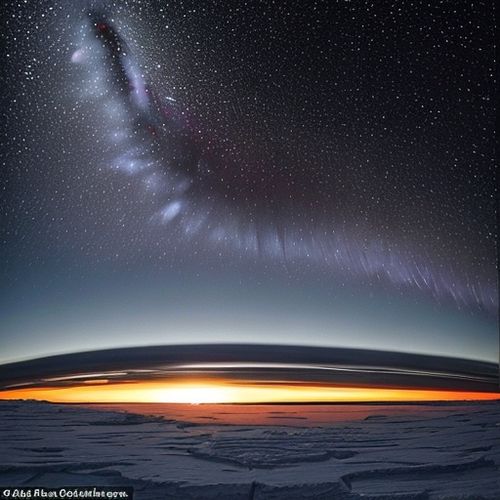
By Sophia Lewis/Apr 28, 2025

By Joshua Howard/Apr 28, 2025
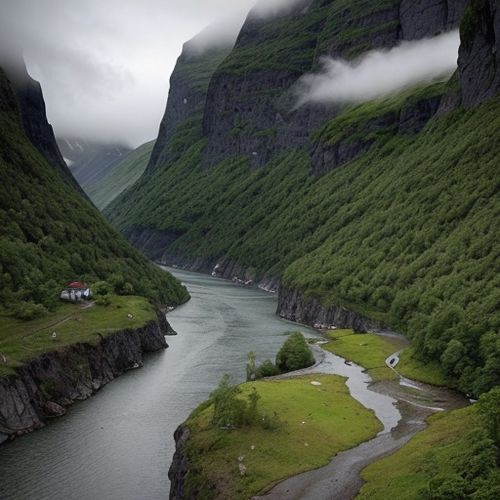
By Jessica Lee/Apr 28, 2025
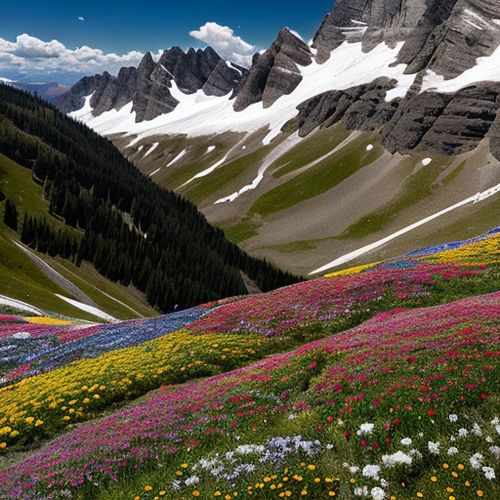
By Christopher Harris/Apr 28, 2025
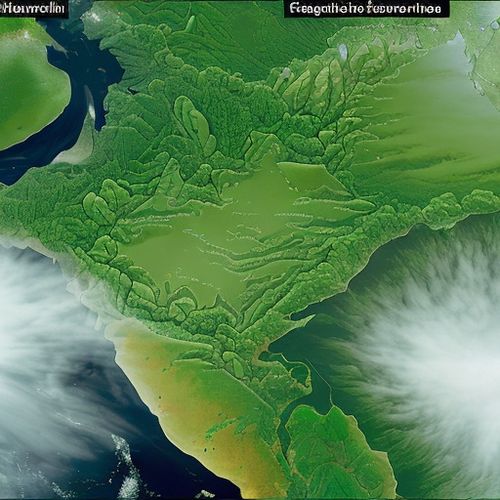
By Elizabeth Taylor/Apr 28, 2025
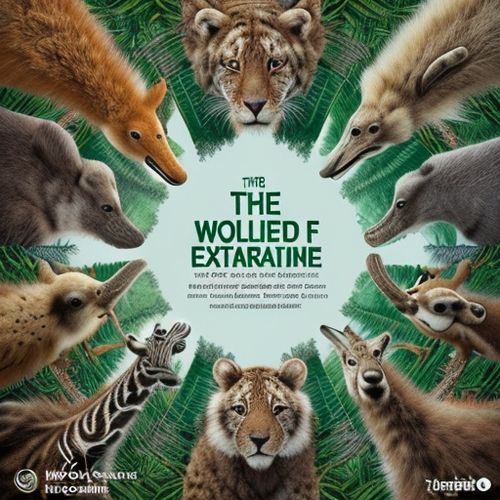
By Rebecca Stewart/Apr 28, 2025
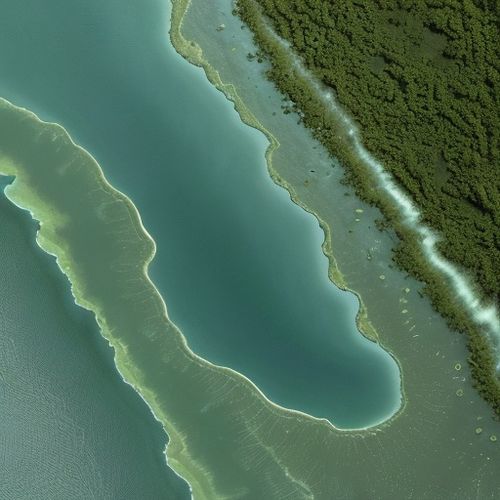
By Amanda Phillips/Apr 28, 2025
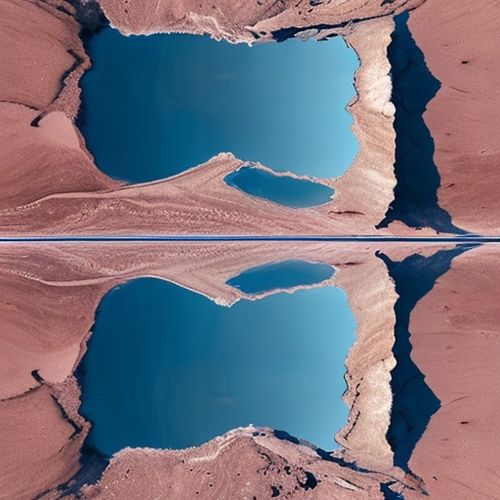
By Michael Brown/Apr 28, 2025
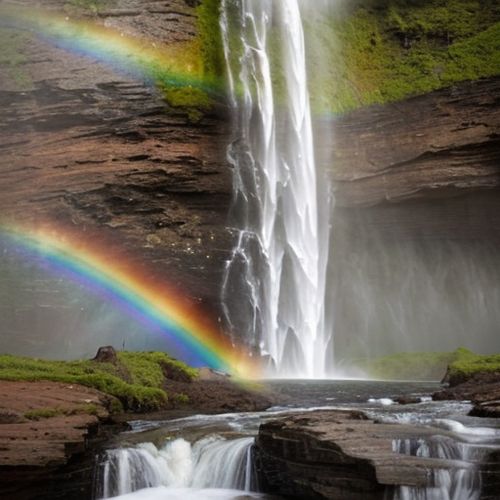
By James Moore/Apr 28, 2025
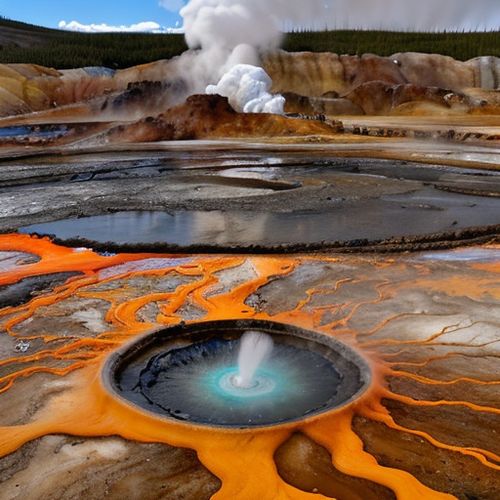
By Sophia Lewis/Apr 28, 2025